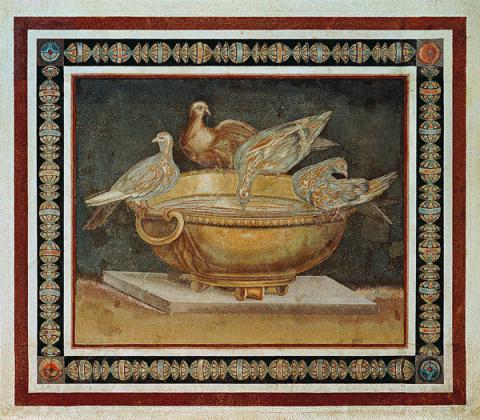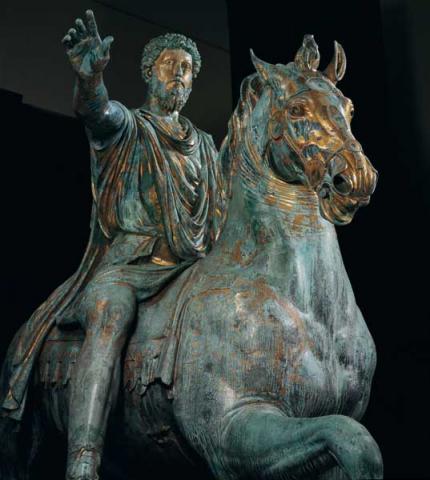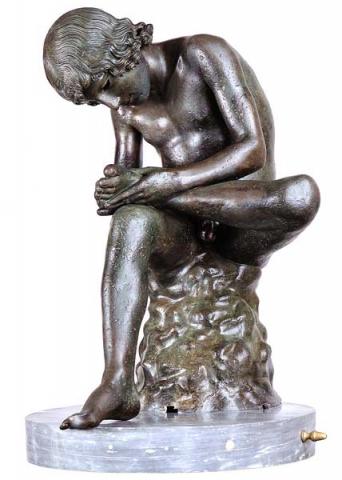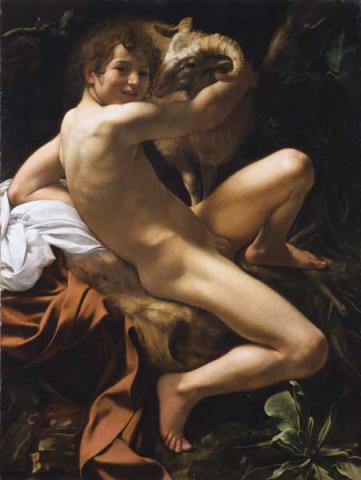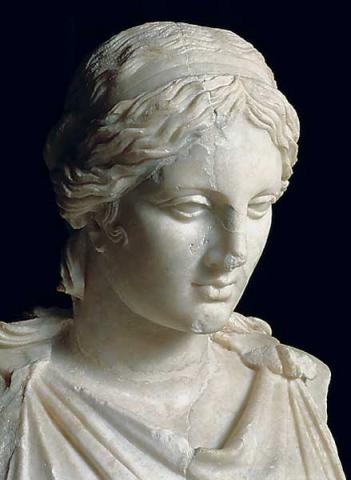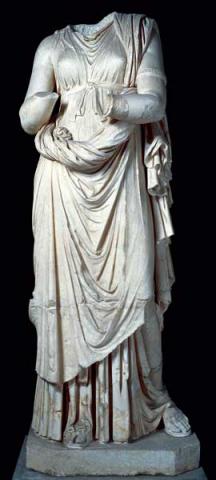Halls of the Horti Tauriani - Vettiani
The vastness and splendour of the home of Statilius Taurus, an eminent personality in the Rome of the I century AD, was perhaps at the heart of his conviction for magic, apparently inspired by Agrippina so as to seize the property for the Imperial domain.
The area of the Horti was later broken up into a number of properties and under Gallienus in the middle of the III century AD went back to being a part of the Horti Liciniani; it has also been discovered that in late antiquity the home of Vettius Agorius Praetextatus (Horti Vettiani) was there.
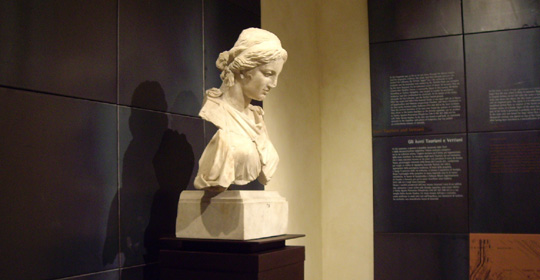
According to sources and epigraphic documentation, the entire territory between the ancient Via Labicana, the Servian terreplein and the Aurelian walls was occupied by the horti Tauriani during the Augustan age. They extended for about 36 hectares. They took their name from Statilius Taurus, an eminent figure in Rome in the 1st century AD, sentenced on charges of practicing witchcraft, by order of Agrippina (according to Tacitus), who aimed at taking over the prestigious residence. The family burial ground was located at the edge of the property, along via Labicana.
Afterwards, the property passed to the imperial property, it was again divided and given to Epaphrodito and Pallante (respectively Claudius’ and Nero’s freedmen). Later, part of it was transformed into the Licinian horti, under Gallienus (253-268 AD).
The remains of a building that can be traced back to Vettio Agorio Pretestato (Praefectus Urbi during 367-368 AD) and his wife Fabia Aconia Paulina, thanks to the names written on the fistulae aquariae, were found near the western borders of the area.
A wall found in the area and built, as it often happened on the Esquiline, with fragments of sculptures, has returned an extraordinary amount of materials.
Numerous sculptures reffered to the various periods of the horti have been found in the area: statues of divinities, landscape and decorative reliefs, two large marble craters and three splendid imperial portraits of Hadrian, Sabina and Matidia.
A setting inside a residence surrounded by greenery seems particularly appropriate for the statue of a cow, perhaps part of a pastoral group and probably a copy of the very famous bronze statue of the same subject created by Myron for the Acropolis of Athens and brought to Rome at the time of Vespasian. The reliefs can also be well inserted into the decoration of a garden: a particularly refined one, represents a sacred landscape with a sanctuary surrounded by high walls, while the other two neo-Attic manufacts, unfortunately fragmentary, represent the quadrigas of Helios (the sun) and Selene (the moon) running to meet each other.


























